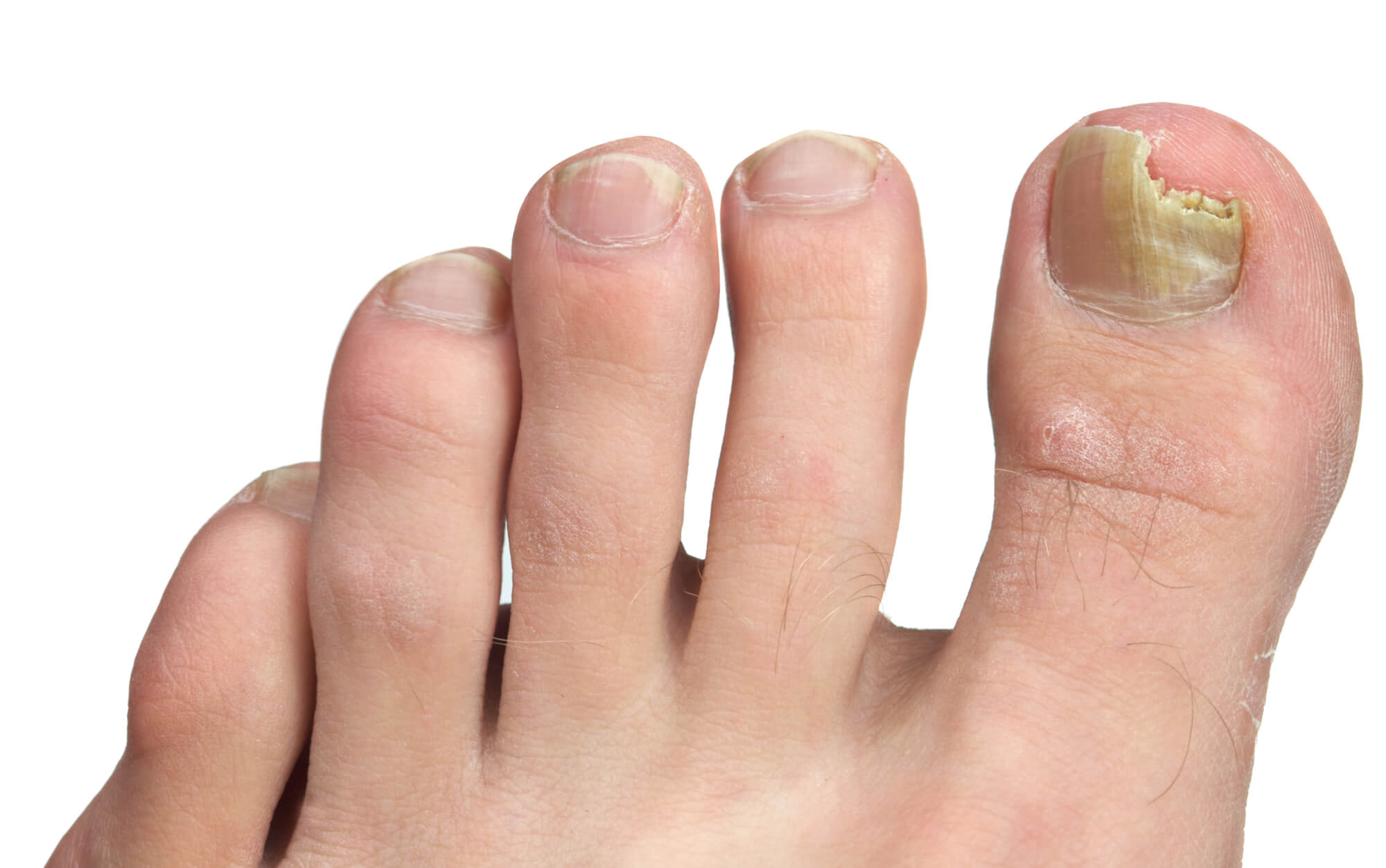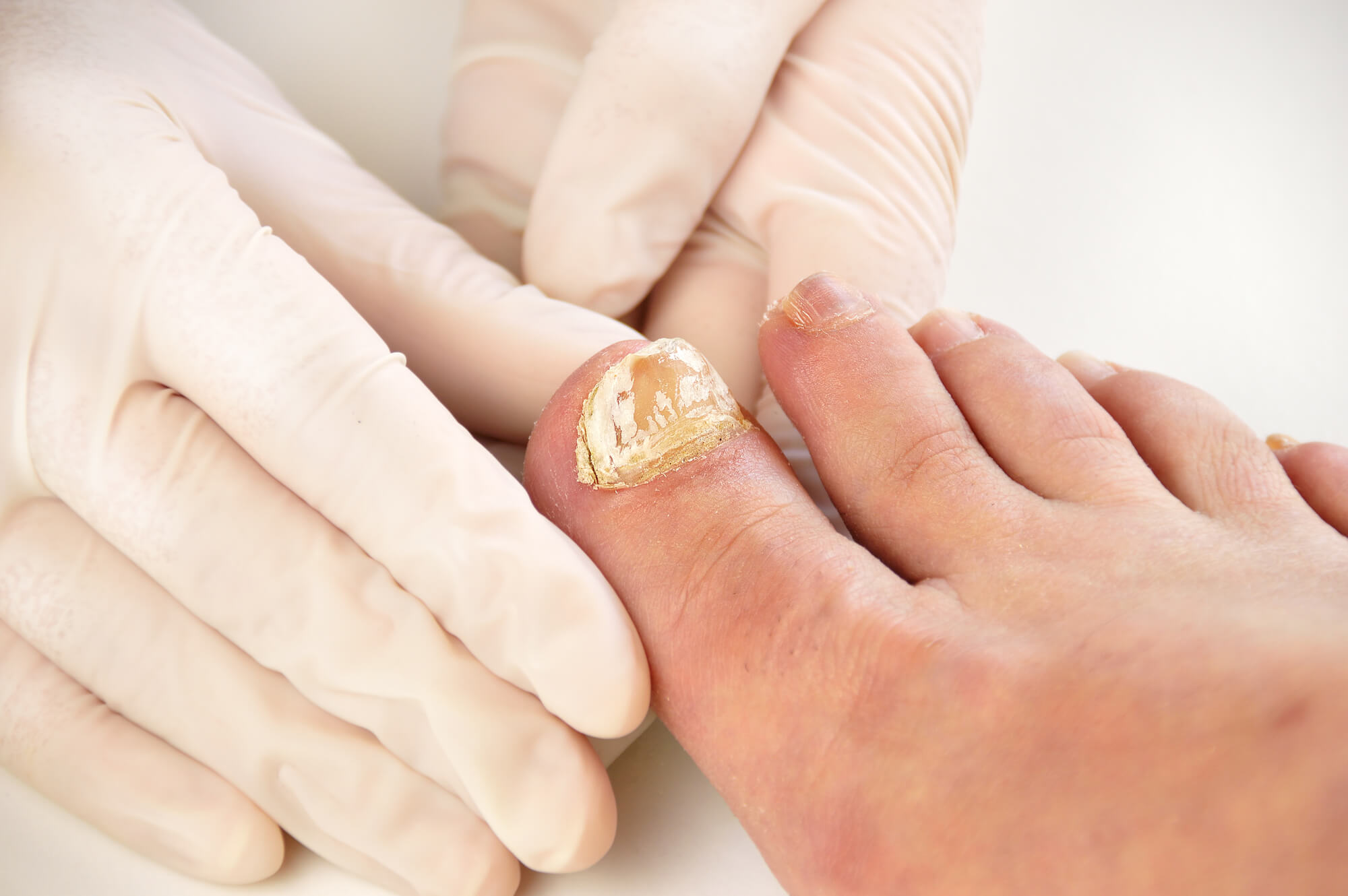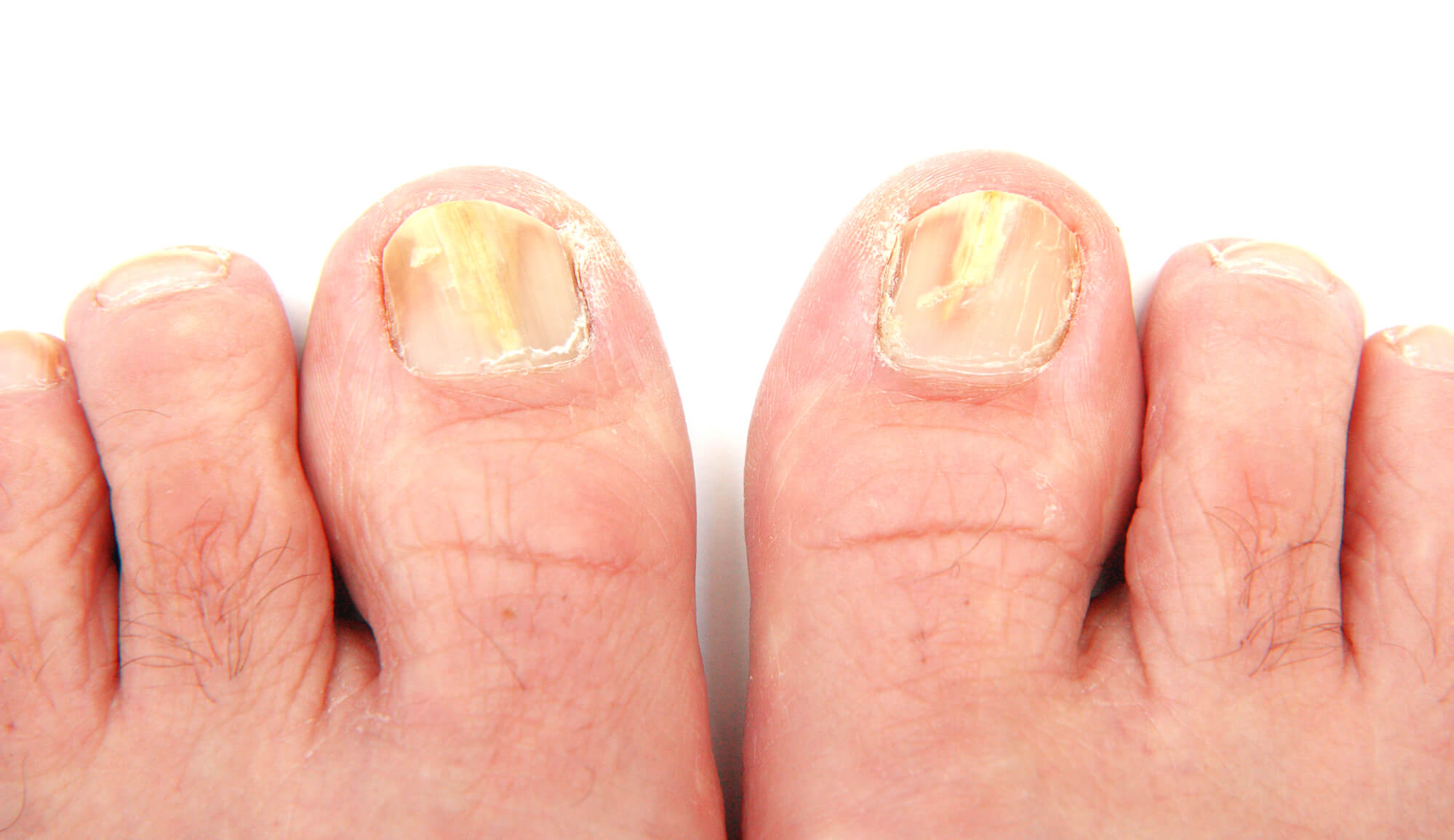Why Toenail Fungus Should Never Go Untreated
Toenail fungus, also known as onychomycosis, is a common condition affecting millions worldwide. It's caused by a fungal infection that can lead to discoloration, brittle nails, and a thickening of the nail plate. If left untreated, toenail fungus can separate the nail from the nail bed, causing permanent nail damage and other health problems. This article will explore the causes, consequences, treatments, and how to prevent them.
Causes of Toenail Fungus
Toenail fungus is caused by a group of fungi called dermatophytes. These fungi thrive in warm, moist environments and can be found in places like public showers, swimming pools, and nail salons. They can also infect the nail through a small cut or injury in the nail bed.
Poor hygiene is one of the most common causes. If you don't keep your feet clean and dry, you create the perfect environment for fungi to grow. People who wear shoes and socks for long periods of time, such as athletes or soldiers, are more likely to develop toenail fungus.
Genetics can also play a role. Some people are simply more prone to fungal infections than others, due to their genetic makeup.
Certain health conditions, such as diabetes or a weakened immune system, can also increase the risk of developing toenail fungus.

Consequences of Untreated Toenail Fungus
If left untreated, toenail fungus can cause several health problems. The most common consequences of untreated nail fungus include:
- Pain and discomfort: The infected nail can become painful and tender to the touch.
- Increased risk of infection: The damaged nail can allow bacteria to enter the body, increasing the risk of infection.
- Permanent nail damage: The fungal infection can separate the nail from the nail bed, causing permanent nail damage and even loss of the nail.
- Spread of the infection to other parts of the body: If the infection is not treated, it can spread to other parts of the body, including the skin, causing cellulitis.
Treatment Options for Toenail Fungus
Fortunately, there are several treatment options for toenail fungus. The most common treatments include:
- Topical antifungal medications: Creams, lotions, and nail polish applied directly to the infected nail.
- Oral antifungal medications: These are prescription medications taken orally and work to kill the fungus from the inside out.
- Laser therapy: This is a new treatment that uses laser technology to kill the fungus without damaging the surrounding tissue.
- Surgical removal of the infected nail: In severe cases, a podiatrist may need to surgically remove the infected nail to prevent the spread of the infection.
It's important to note that treatment can take several months, and you may need to continue treatment even after the infection has cleared up to prevent it from returning.

Preventing Toenail Fungus
Preventing toenail fungus is much easier than treating it. Here are some tips to help you prevent fungus:
- Maintain good foot hygiene: Wash your feet regularly with soap and water, and dry them thoroughly, especially between the toes.
- Wear properly fitting shoes: Choose shoes that fit well and allow your feet to breathe.
- Avoid walking barefoot in public areas: Wear sandals or flip-flops in public showers and pool areas to avoid coming into contact with the fungi.
- Treat nail injuries promptly: If you injure your nail, clean it immediately and apply an antifungal ointment to prevent the infection from taking hold.
When to See a Podiatrist
If you suspect you have toenail fungus, it's important to see a podiatrist. A podiatrist is a foot specialist who can diagnose and treat toenail fungus. They will examine your nails and may take a nail sample for laboratory analysis to confirm the diagnosis.
Suppose you have diabetes or other health conditions that affect your feet. In that case, it's especially important to see a doctor as soon as possible, as if left untreated, it can lead to serious complications.
It's also important to avoid using over-the-counter remedies without consulting a doctor, as they may not be effective and could even make the infection worse.

Tips for Dealing with Infected Nails
If you have toenail fungus, there are some tips you can follow to help manage the infection and prevent it from spreading:
- Keep your nails trimmed and filed: Keeping your nails short and smooth can help reduce the pressure on the nail and prevent it from separating from the nail bed.
- Avoid wearing nail polish: Nail polish can trap moisture and make it harder for the nail to breathe, which can promote the growth of fungi.
- Wear clean, dry socks: Choose socks made of breathable materials like cotton or wool, and change them frequently if your feet sweat a lot.
- Keep your shoes clean and dry: If your shoes get wet, let them dry thoroughly before wearing them again.
- Avoid sharing nail clippers or other nail tools: Fungal infections can easily spread from one person to another through shared nail tools.
Conclusion
Toenail fungus is a common condition that can have serious consequences if left untreated. It can cause permanent nail damage, increase the risk of infection, and even spread to other parts of the body. Fortunately, there are several effective treatments available, including antifungal medications, laser therapy, and surgical removal of the infected nail. By following simple tips for prevention, such as maintaining good foot hygiene and wearing properly fitting shoes, you can reduce your risk of developing toenail fungus. And if you do develop an infection, it's important to see a podiatrist or dermatologist as soon as possible to get the treatment you need.

